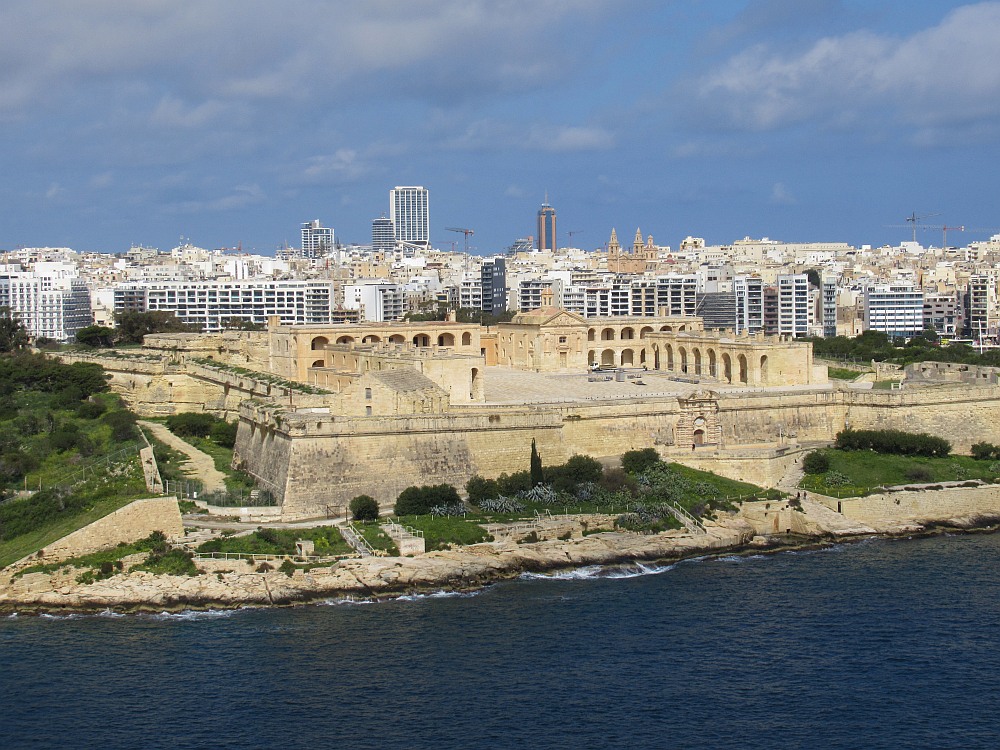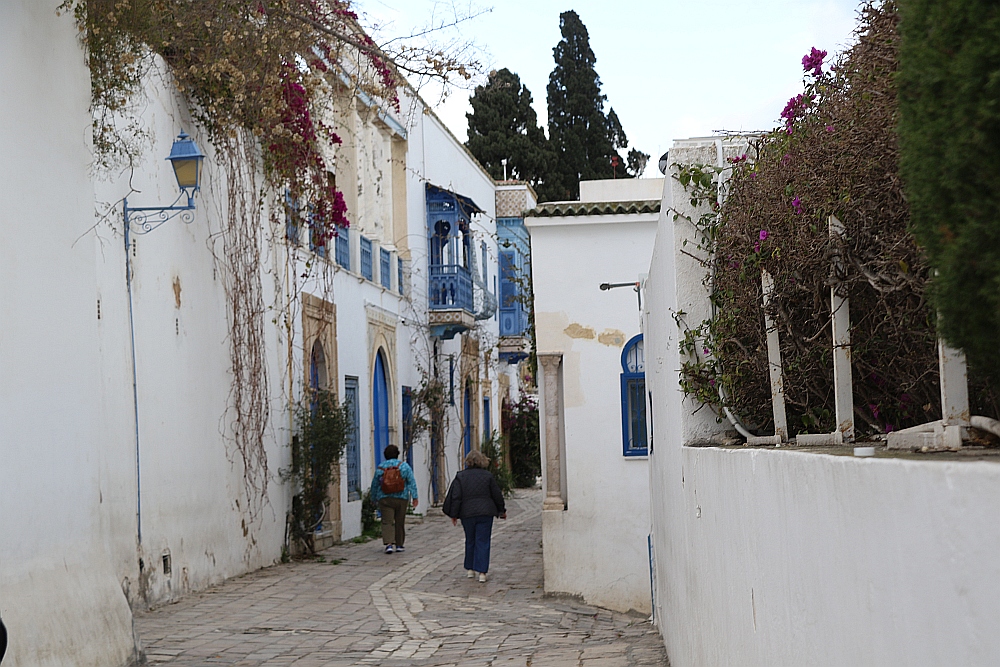Crossroads of Adriatic Day 6
Crossroads of Adriatic
May 05, 2007 - Saturday - Sarajevo City Tour-Home Hosted Dinner
The sun coming up over the Olympic mountains of Sarajevo woke us u this morning at 6:30. We had a lovely breakfast at 7:30 in the dining room on the 15th floor of our hotel.
We met our group at 8:45 and were welcomed to the city by our local city guide for the day, a young man named Dino. Founded by the Ottomans in the 15th century, for hundreds of years Sarajevo flourished as a multicultural haven where Muslims, Serbs, Croats, Turks, Jews, and others coexisted.
By the late 17th century, Sarajevo was considered the most important city in the Balkans after Istanbul, and it is said to be the only city in the world where prayer calls can be heard simultaneously from mosques, synagogues, and churches.
Dino explained our day as we drove to our 1st stop, the survival tunnel that was used by the citizens of the city to bring in food, ammunition, and water during the 1992-1995 siege of the city. We passed the United Nations and European Union Army camp that still houses 2000 active duty peace keeping troops today.
We toured the small tunnel museum and watched two short videos, one of the more than 3 year siege of the city and the other depicted the building of the tunnel. Dino explained the history of the 1992-1995 siege of Sarajevo by the Serbians and the political ramifications of the vote for independence. After almost four years the peace accord was signed Dayton, Ohio bringing an end to those troubled years.
As we sat on the bus waiting for the rest of our group, we noticed small birds building nests in the bullet holes on the sides of the stucco houses. Beside the abandoned homes, the lilacs also still bloom, all in defiance of the political strife of mankind.
We continued our tour of the city on the bus as Dino pointed out the differences between the two sects of the city, the Federation and the Republic. We saw the Olympic Villages of the 1984 Winter Olympics, the arena and stadium, as well as other buildings once used, then bombed and now restored. The athletes' housing is now being used as apartment buildings, and even an orphanage.
Throughout the city are numerous cemeteries with the thousands of graves of those killed in the war. Most of the trees were cut down for firewood during the siege but now the city has replanted these and it is becoming the green city it once was.
We began our walking tour at 11:45 in the Turkish Center of the city at the old City Hall and National Library, still waiting to be restored to its former glory. In Stari Grad, or Old Town, we saw shining examples of the city's Ottoman and Austro-Hungarian influences.
We visited the oldest Orthodox Christian Church in Sarajevo dating from 1539. The small doors were a defense so that raiders on horseback would not be able to desecrate the church. The short doors also forced men and women to bow their heads as they entered.
Along our walk, Dino pointed out red petals or resin disks embedded in the sidewalk, a symbol on the streets of the Sarajevo rose where at least seven people were killed during the siege. We made our way to the ancient Husrefbeg Mosque built in 1531, one of the finest examples of Ottoman architecture in the Balkans.
We were able to enter for a very informative discussion of the Islamic religion and their beliefs. The women in our group were required to wear head scarves and we were advised to take off our shoes if we wished to walk on the antique Turkish carpets.
Our next stop was on the corner of the main street where Archduke Franz Ferdinand of Austria and his wife Sofia were assassinated on June 28, 1914 by Gavrilo Princip sparking the outbreak of World War I.
We left our group at 12:30 for free time, shopping and lunch. We search for a Turkish Kabob Café and fond one next to the square by the fountain. We sat at an outdoor table and had two huge "doners", the kabobs and two drinks for 12 Bosnian Marks that is only about $8.
We had the rest of the afternoon to explore on our own, visiting the picturesque Turkish bazaar, and mingling with the locals while we strolled down the main pedestrian street, Ferhadija. The people were generally welcoming and very friendly allowing us to take pictures and enjoy the warm (76°) Saturday afternoon. We returned to our hotel by one of the city trolleys, getting looks and smiles from the local population. Today we walked a little over 6.5 miles
Sarajevo, was once a shining example of ethnic diversity, but descended into chaos during the Yugoslav wars of the early 1990s. Although Bosnian Serb artillery pounded the city during a three-year siege, most of Sarajevo has since been rebuilt and the city is rapidly reclaiming its spirit of religious tolerance.
In the evening, we visited the home of a local Muslim family for dinner and warm Bosnian hospitality. We had a special opportunity to learn first hand about life here. Merima, Amar and their cat Nora were wonderful hosts, their traditional food was excellent and the coffee was superb - thick and black!
We talked about life in Sarajevo, attending the university and the economic situation in Bosnia since 1995 and the end of the war. The Home Hosted Meal that OAT provides is a real benefit to all travelers in that it gives us an opportunity to meet the real people!
Radon Plaza Hotel - - - Meals: B, D
If you wish to travel with OAT Click Here.
To receive $50 per person off your first reservation with OAT, mention the following information when reserving your Overseas Adventure Travel Trip: Mr. Victor Garcia Customer #673062
Comments
Featured Journal
Day 18: Mediterranean Navigation
Day 18 - Wednesday, March 19, 2025 – Disembark Ship & Return to USA
It was a dark and rainy morning when we put our luggage outside of our cabin door at 4:15. We met three of our fellow passengers also on the same flight...










